Black Gate Goes to the Summer Movies: Prometheus
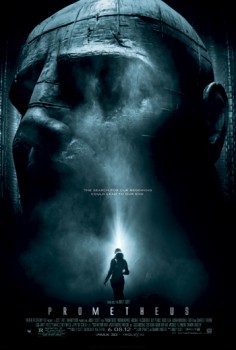 If you plan to see Prometheus this weekend, know that you are in for an endless buffet of visual astonishment, especially if you spring to see it in IMAX 3D. Ridley Scott belongs to the breed of filmmaker who can justify the use of the 3D gimmick. He poured everything at his disposal to make his new science-fiction film worth the extra dollars, euros, pound notes needed to watch it in an immersive environment. Prometheus is visual and aural splendor for the cinema.
If you plan to see Prometheus this weekend, know that you are in for an endless buffet of visual astonishment, especially if you spring to see it in IMAX 3D. Ridley Scott belongs to the breed of filmmaker who can justify the use of the 3D gimmick. He poured everything at his disposal to make his new science-fiction film worth the extra dollars, euros, pound notes needed to watch it in an immersive environment. Prometheus is visual and aural splendor for the cinema.
Know also that you will meet flat characters who often do idiotic things (“Don’t pet the freaky alien snake-thingy! You call yourself a scientist?”) and more idiotic things (“Don’t take off your helmets, you morons! You call yourselves space-explorers?”) and more idiotic things (“Don’t go down into the basement alone!” Well, that doesn’t specifically happen, but many equivalent things do.); a script that turns its initial concept into a shapeless mess by the halfway point; and the general disappointment of watching what promised to be an amazing return for Ridley Scott to the Alien universe he helped create ending up as standard science-fiction thriller pulp.
Does this add up to a good film? Uh, I’m willing to say it does. And whether “good” is enough for you when it comes to Prometheus will depend on how much you anticipated its release and how much you devoured of its brilliant promotional and viral campaigns.
Prometheus presents a puzzle for me personally: It is far below what I wanted as a dramatic experience, yet the cinematic experience of it is stupendous. The tension here offers plenty to ponder, but in a meta-critical sense that has little to do with the story that Prometheus offers. What makes a good film? What makes a good story? What makes a good film story? How much do expectations alter those questions? Are they all the same questions? Yes? No? Buy a vowel?
I guess what I am trying to say is that you should go see Prometheus for yourself, no matter what the critical consensus says, simply because it engages in questions about filmmaking and will no doubt begin tons of debate.
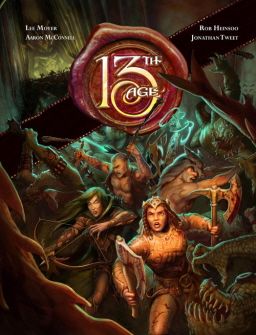
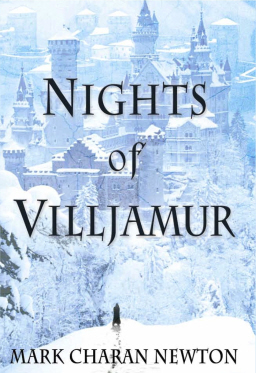
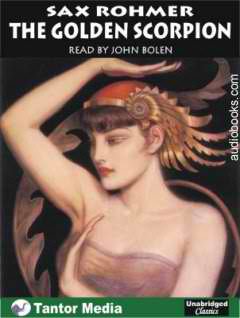
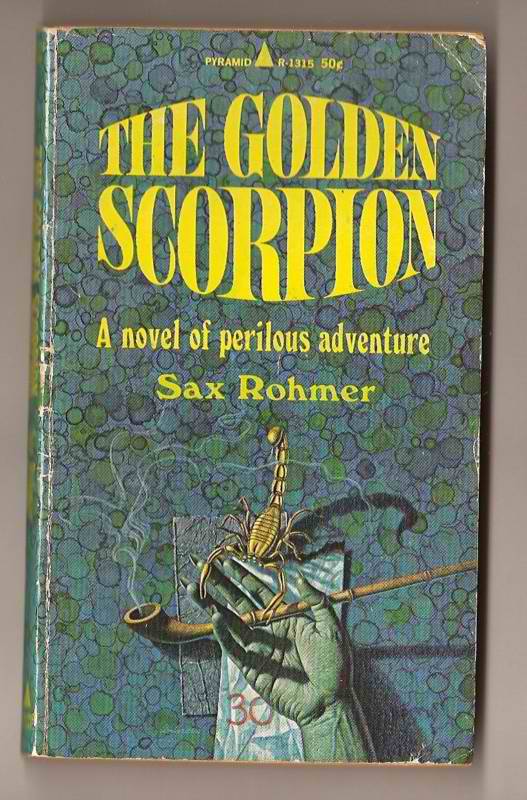
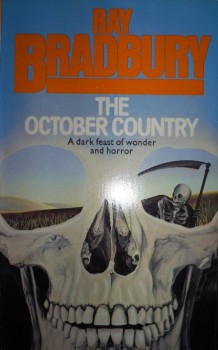 I came to Ray Bradbury at what is likely a later age than most. I never had to read Fahrenheit 451 in school; if I read one of his short stories as a student I have no recollection. Several years ago, in a desire to start filling in some gaps I had in classic genre fiction, I gave Fahrenheit 451 a try. It was a powerful read and made a profound impact on me. It prompted me to seek out more Bradbury—and I’ve been hooked ever since.
I came to Ray Bradbury at what is likely a later age than most. I never had to read Fahrenheit 451 in school; if I read one of his short stories as a student I have no recollection. Several years ago, in a desire to start filling in some gaps I had in classic genre fiction, I gave Fahrenheit 451 a try. It was a powerful read and made a profound impact on me. It prompted me to seek out more Bradbury—and I’ve been hooked ever since.
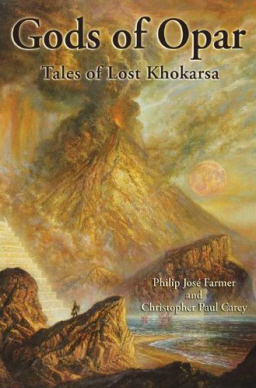
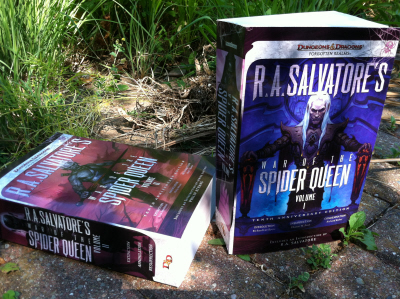
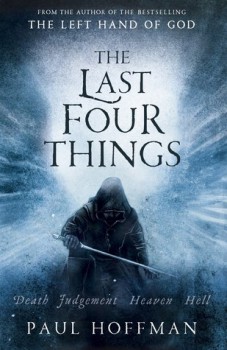 The Last Four Things
The Last Four Things